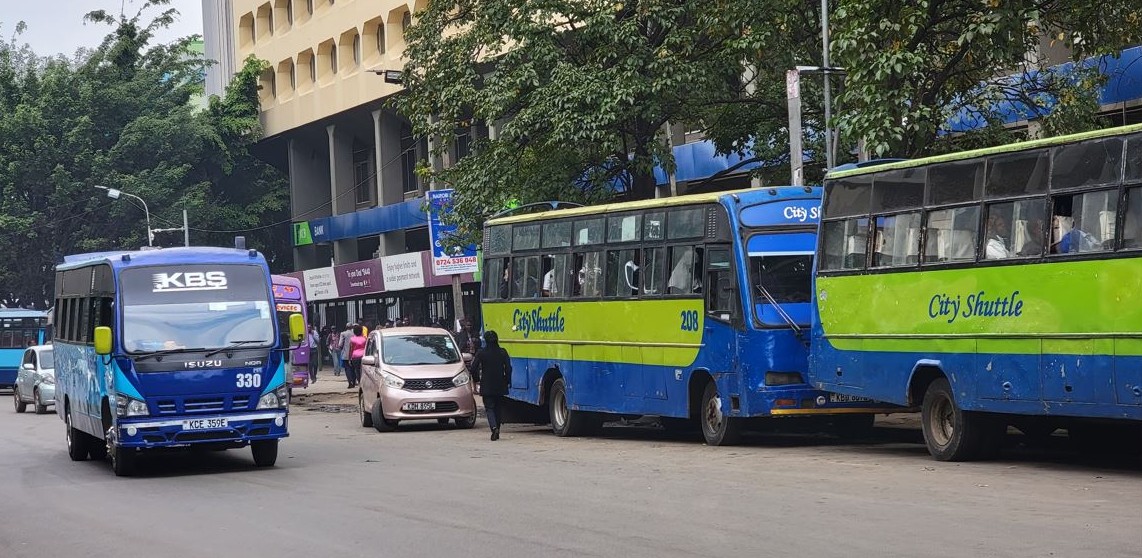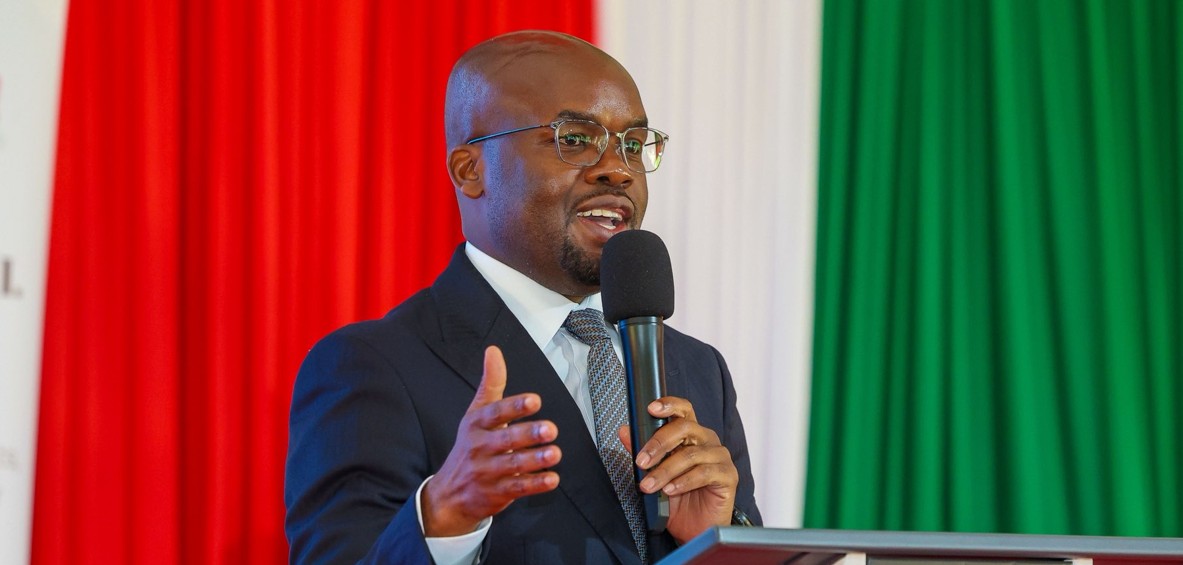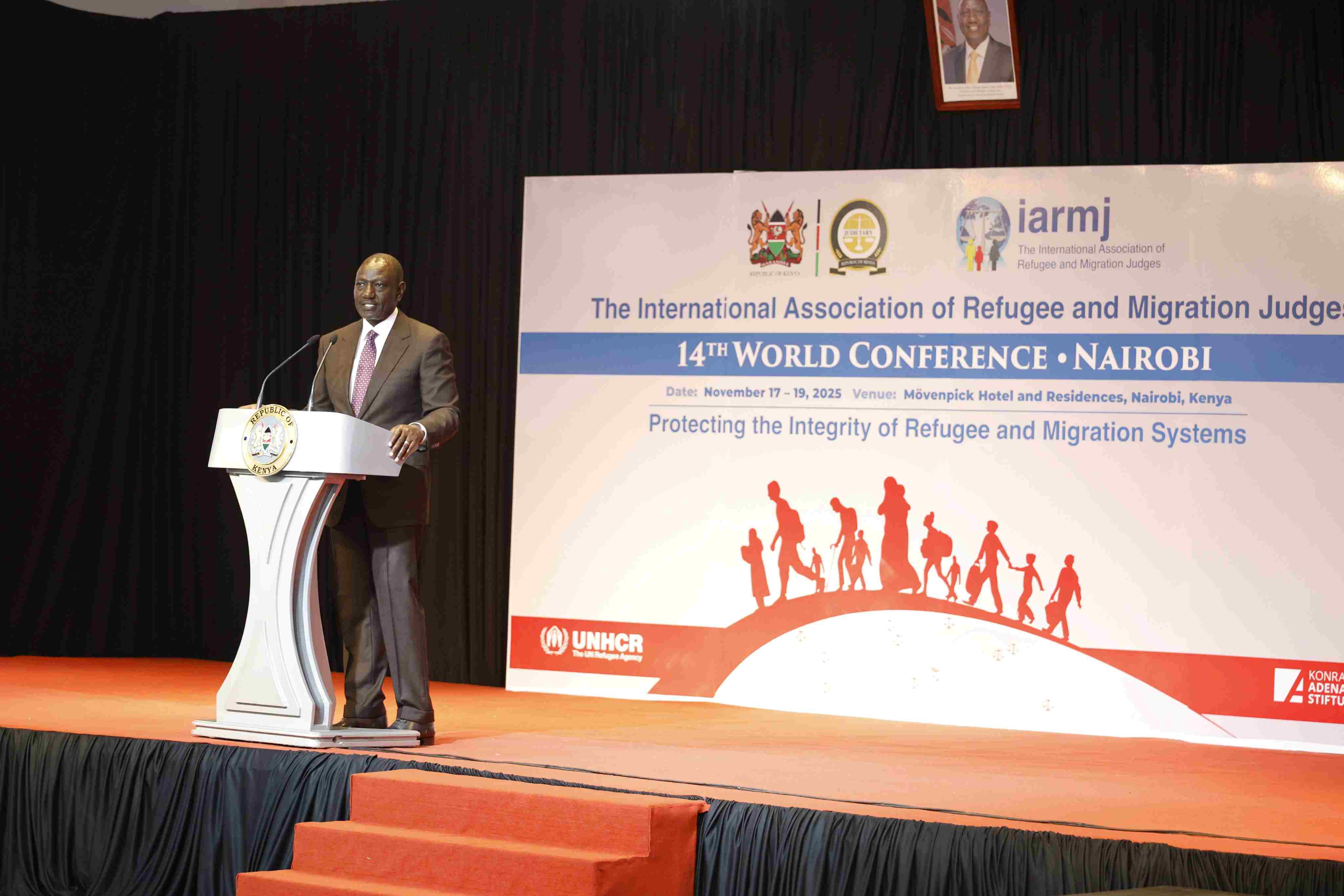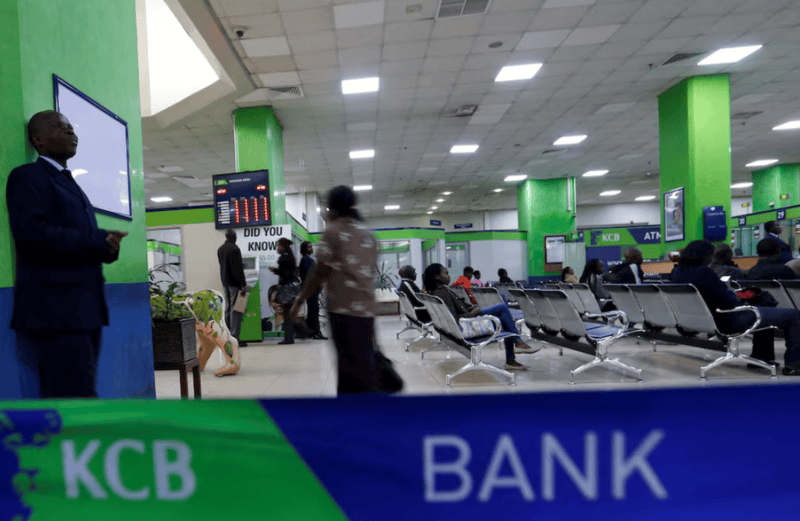Over 44,000 schools cleared for capitation as audit uncovers 87,000 ghost learners
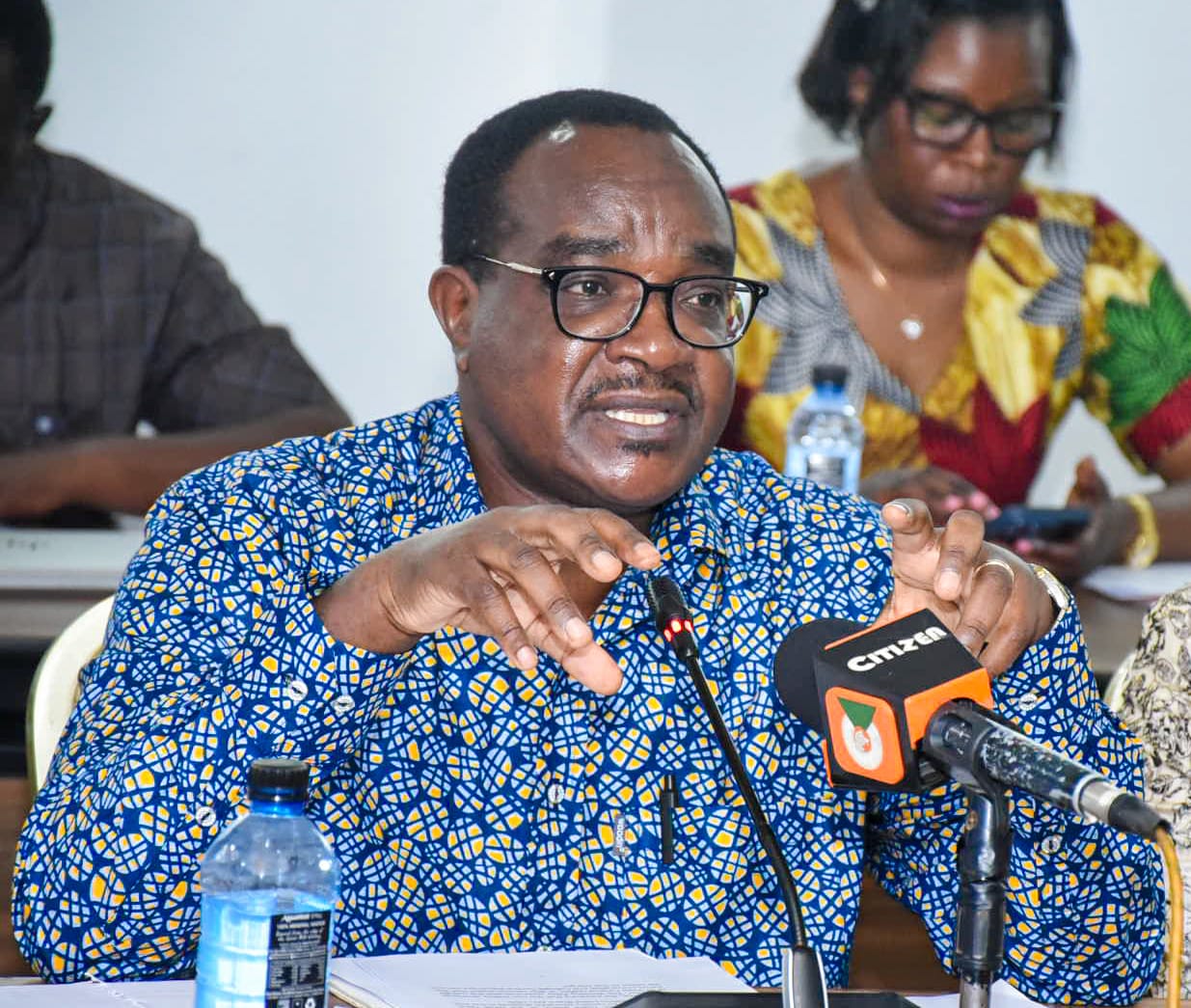
So far, authorities have identified 87,000 ghost learners amid concerns of nearly Sh1 billion in capitation funds misappropriated. A total of 10 schools across 10 counties have also been found with no learners at all.
At least 44,495 schools across the country have been cleared for capitation, even as a nationwide audit continues to uncover tens of thousands of ghost learners and non-existent schools.
So far, authorities have identified 87,000 ghost learners amid concerns of nearly Sh1 billion in capitation funds misappropriated. A total of 10 schools across 10 counties have also been found with no learners at all.
More To Read
- Government urged to fast-track transition of basic education institutions to comprehensive schools
- MPs outraged as Education CS reveals Sh1.1 billion paid to ghost students in public schools
- Tunza Mtoto Coalition demands full disclosure of ghost student audit findings
- Capitation withheld from 29 schools pending verification, Education CS Ogamba tells MPs
- Parents to pay for school property destroyed during student strikes, CS Ogamba warns
- Education ministry warns against exam cheating as KNEC flags Telegram leaks
The Ministry of Education revealed the discrepancies during a nationwide verification of Basic Education institutions, with an Auditor General’s report showing that falsified enrolment figures have cost the country more than Sh4 billion over the past four years.
Education Cabinet Secretary Julius Ogamba confirmed that thousands of fictitious learners and non-existent schools have been flagged in the ongoing exercise, warning that those responsible will face sanctions.
“We have so far uncovered 87,000 ghost learners in public schools. The government will take action against individuals who inflated enrolment figures. Heads must roll,” Ogamba said.
He clarified that schools with major discrepancies are being physically inspected before punitive action is taken.
“We do not want to condemn people falsely,” he said, adding that nearly Sh1 billion remains unreleased because the reported figures do not match ministry records.
“That would indicate that previously, there could have been numbers higher than they should have been. Once we correlate that, we hand it over for confirmation. Those unable to explain discrepancies will face consequences. We are a country governed by rules,” Ogamba said.
He added that the verification has revealed deliberate inflation of enrolment figures in some schools, with the Ministry preparing to hand over the findings to investigative agencies while continuing to review and verify the data internally.
Ogamba noted that the ministry also sends teams to inspect schools whenever discrepancies are detected.
“We do not want to incriminate people wrongly,” he said, noting that the audit aims to clean up school data and seal loopholes that have led to misuse of public funds.
The revelations expose systemic weaknesses in monitoring, with only 600 Quality Assurance Officers and 200 auditors overseeing more than 53,000 basic learning institutions. Limited transport has also hindered oversight in remote areas.
As of November 10, 246 primary and 102 junior schools had not submitted updated enrolment data, although all secondary schools have been cleared. State Department for Basic Education Director General Elyas Abdi said schools with questionable data will be isolated and physically inspected once verification ends.
Basic Education Principal Secretary Julius Bitok urged head teachers to ensure their records are accurate.
“The verification exercise is set to confirm the number of students, the number of schools, and the status of our schools. The process has moved on smoothly. This will ensure that starting next term, we receive our capitation on time, without any delays,” Bitok said.
Ogamba insisted that the over-enrolment is far lower than some claims.
“They are about 87,000 so far. But verification must be thorough to eliminate errors,” he said, noting that the official audit findings have been postponed for the fourth time since the exercise began on September 5, 2025.
Kenya Primary Schools Heads Association national chairman Fuad Ali said head teachers should not be blamed prematurely, pointing to problems with the National Education Management Information System (Nemis).
“There was a problem in Nemis. When we uploaded learner numbers, the capitation we received was always lower. Those errors did not come from us,” Fuad said.
He, however, added that the shift to the Kenya Education Management Information System (Kemis) has largely resolved the issues.
“We support verification. We want accurate data and timely capitation when schools reopen,” he said.
On November 5, National Assembly Speaker Moses Wetang’ula challenged the Ogamba to act decisively against ministry officials who allowed funds to go to non-existent schools.
“You have officers in your ministry in every county whose duty is to maintain and continuously update school records and submit them to your ministry. Public funds have been wired to non-existent schools for non-existent learners. How many officers have you interdicted for this criminal act?” he posed.
Ogamba said taking action now would be premature.
“We have not interdicted anybody because we have not completed the analysis of the exercise. It would be premature for me to take action before the conclusion. Criminal culpability can only be taken by investigative agencies. But we will take administrative actions against officers whom we find culpable,” he said.
According to the ministry, it is investigating the staff involved, the bank accounts used, and the specific schools and counties implicated in the fraud. However, MPs have criticised the slow pace of accountability.
“Why is it taking so long to trace them? You have found non-existent schools, just pinpoint who paid money to these ghost institutions and throw them out of office. It is as simple as A, B, C,” Suba North MP Millie Odhiambo said.
Kitui South MP Rachael Nyamai expressed alarm that Sh1.1 billion may have been disbursed for non-existent learners.
“I am very disappointed. The CS also told us 934 schools have benefited from money he cannot verify. There is a problem. I think it is a huge cartel ensuring information is concealed. Even the CS may be facing serious challenges from people below him,” she said.
Kilifi North MP Owen Baya said overstaying ministry officers have protected loopholes, enabling fund misappropriation.
“Unless you become ruthless and maintain ruthless focus, money will continue disappearing in that ministry. Conduct a radical surgery, otherwise our children will continue to suffer. We have county and sub-county education officers who have overstayed for over 10 years protecting themselves,” he said.
Ogamba said he cannot sack anyone before the audit is complete due to litigation risks and asked for an additional two months to conclude the exercise. The findings come as the ministry moves to implement the Comprehensive Schools structure and rationalise capitation allocations.
According to the Ministry, discrepancies in school data arose from submissions in incorrect formats or with wrong identification codes. Some schools either failed to submit information or provided details using inaccurate identifiers, which triggered the need for deeper verification.
The audit relied on three digital platforms: one for schools to upload institutional bio data, enrolment numbers, and GPS coordinates; a second for sub-county offices to map schools; and a third at ministry headquarters to oversee the process.
The field-level systems were not fully synchronised, requiring enrolment data from schools to be compared with sub-county records. Any inconsistencies between the two prompted further audits and investigations.
Verification checks included confirming school identification numbers, enrolment totals, Unique Identification Codes, bank account details and cross-referencing learner assessment numbers with national examination and ministry databases.
Schools cleared for capitation now number 44,495. Those with incorrect submissions are 4,555 in total, and received half of their previous allocation. Schools below the minimum enrolment threshold received funds based on verified numbers.
A total of 1,005 schools either submitted data incorrectly or not at all. As of November 10, 244 primary and 102 junior schools had yet to submit, though all secondary schools have complied. Some data were submitted in pictures or other incorrect formats, highlighting digital literacy challenges.
The Ministry said verification continues in Mombasa for seven more days. Meanwhile, 2,145 public primary schools did not meet the minimum enrolment threshold of 45 learners. Ten schools across 10 counties had zero learners and have been closed, revealing systemic failures in monitoring and data management.
The audit aims to eliminate ghost schools and ensure that capitation funds reach legitimate institutions under the new Comprehensive Schools structure.
Top Stories Today
